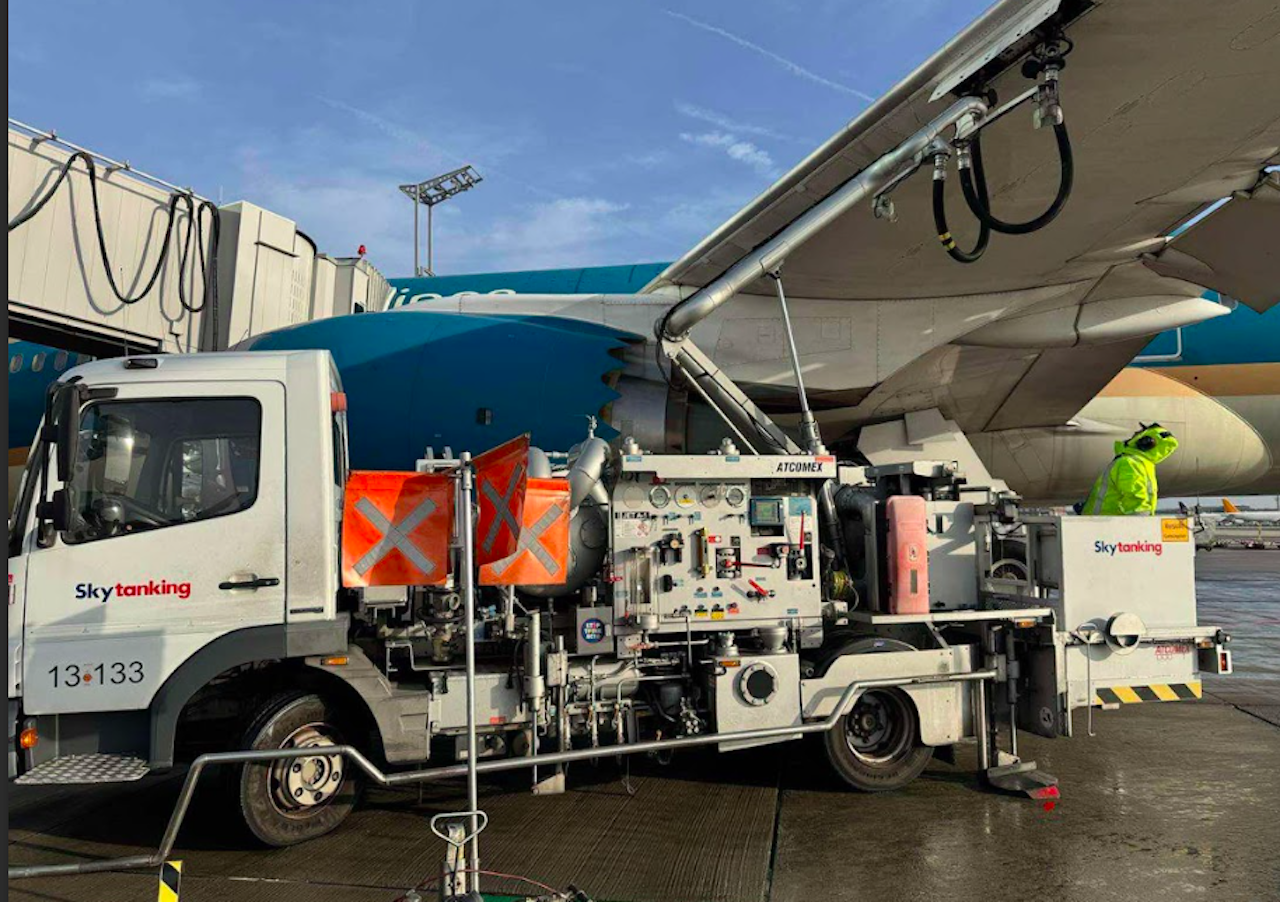
Vietnam Airlines, the country's national carrier, has become the first Vietnamese airline to utilize sustainable aviation fuel (SAF) on all its European departures.
Starting January 1, all flights departing from European airports operated by Vietnam Airlines now use SAF, with a minimum blend of 2%. This proportion is set to increase progressively to 6% by 2030, 20% by 2035, and 70% by 2050.
For flights departing from the United Kingdom, the airline plans to implement a similar strategy. Beginning in 2025, these flights will include at least 2% SAF, increasing to 10% by 2030 and 22% by 2040.
This initiative underscores Vietnam Airlines' pioneering role in advancing sustainable aviation, contributing to Vietnam’s commitment to reducing greenhouse gas emissions to net zero by 2050.
A step towards sustainable aviation
A representative of Vietnam Airlines emphasized that this transition enhances passenger experience while significantly benefiting the environment. The use of SAF aligns with the airline’s mission to foster a more sustainable future for the aviation industry.
Previously, Vietnam Airlines successfully operated its first SAF-powered commercial flight on May 27, 2024, from Singapore to Hanoi (flight VN660). This milestone marked Vietnam Airlines as the first Vietnamese carrier to deploy SAF on passenger flights.
However, SAF remains considerably more expensive than conventional fossil-based jet fuel. Current costs are two to three times higher, and at times even five to six times the cost of traditional fuel.
The shift to SAF is estimated to raise Vietnam Airlines’ annual operating costs for European routes by approximately USD 4.8 million.
Comprehensive efforts for carbon reduction
In addition to adopting SAF, Vietnam Airlines is implementing a range of measures to minimize CO2 emissions. These include:
Operating a modern fleet of next-generation aircraft.
Optimizing flight paths, schedules, and cargo loading to reduce fuel consumption.
Utilizing advanced IT systems to monitor fuel usage and CO2 emissions.
In 2024, these fuel-saving measures are projected to cut CO2 emissions by nearly 70,000 tons.
Looking ahead, Vietnam Airlines aims to expand its SAF use by partnering with suppliers across the supply chain. The airline also plans to intensify efforts toward comprehensive sustainability solutions, reinforcing its contribution to a carbon-free future.
N. Huyen